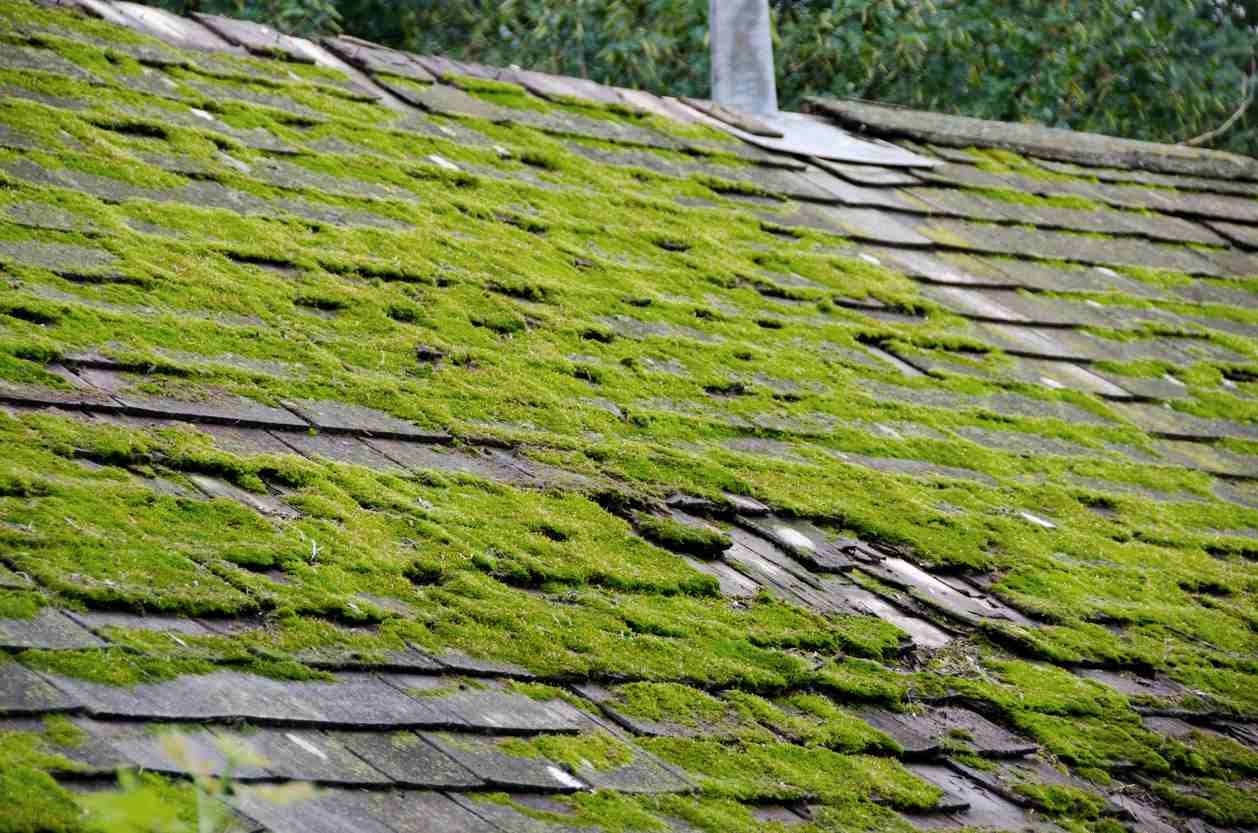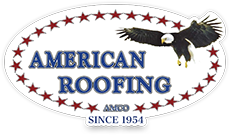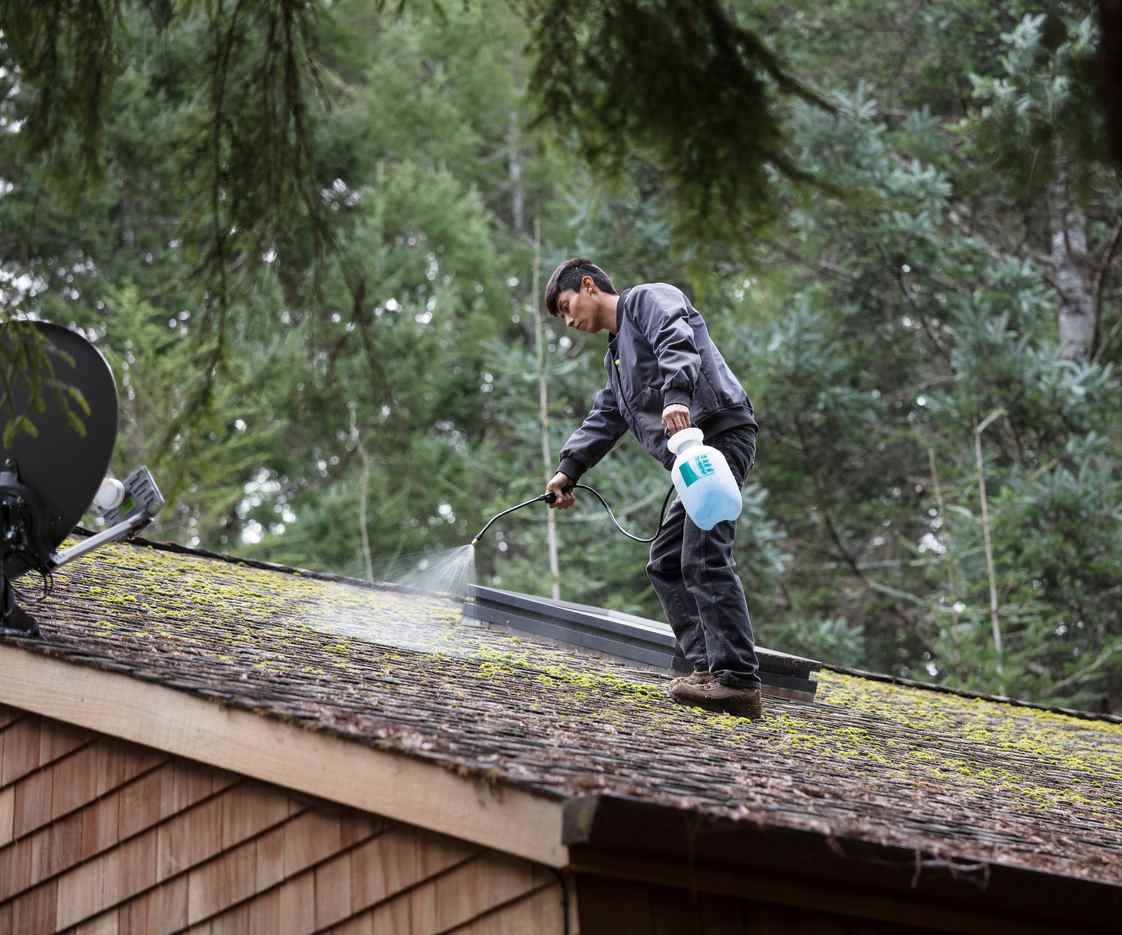
Your roof protects your home interior from heat, cold, and other adverse weather conditions. However, a few things can ruin its integrity, including moss growth.
In addition to being unsightly, moss compromises the roof’s structural integrity by trapping moisture, weakening shingles, and promoting mold growth. When homeowners notice these unattractive green clumps, they may wonder how to prevent moss on roofs.
Here’s a guide that will teach you how moss forms in the first place and how to keep it off your roof.
What Is Moss & How Can It Damage Your Roof?
Moss is a species of non-vascular herbaceous plant that thrives in damp and shady places–even in sunlit Utah, which only receives light to moderate rain throughout the year. Moss spores form in the spring and fall and are spread by bugs, birds, and wind.
Unfortunately, this verdant nuisance can compromise your roof’s structure, as spores absorb moisture and fill voids between tiles or shingles, exposing them to the elements. Once moisture and rainwater infiltrate the roof, rot, decay, and structural damage can occur. If the cycle is left to accelerate, your roof can be destroyed in a few months.
How to Prevent Moss on the Roof
The damage moss can cause to your roofing system can be formidable, but fortunately, homeowners can take proactive measures. Here are the essential tips on how to prevent moss on the roof.
 1. Remove Debris Immediately
1. Remove Debris Immediately
When debris, such as branches and foliage, build up on your roof, water can get trapped underneath them. Therefore, routine debris removal should be part of your seasonal maintenance, alongside a thorough roof inspection.
Opt to use non-abrasive methods such as a leaf blower for smaller types of debris. Avoid pressure-washing, as it can damage your shingles or remove their protective coating.
2. Maintain Your Gutters
When talking about roof maintenance, do not forget about your drainage systems. Your gutters can be a haven for all types of moss, especially because they are often damp and filled with material buildup. This accumulation of leaves and other organic material in your gutters can decompose and provide a suitable environment for moss to grow.
Clogged gutters can also hinder rainwater from flowing properly to your drainage system, causing them to run down on your home’s foundation. This can cause significant water damage to your siding and weaken your home’s structural foundation. To avoid these problems, you’ll need to maintain your gutters by cleaning them regularly and promptly fixing them when they need repairs.
3. Maintain Proper Ventilation
Property owners wondering how to prevent moss on roofs should also consider their ventilation system, as it is integral to reducing moisture problems that lead to moss growth. A proper ventilation system under your roof deck reduces heat and condensation buildup. It also creates a continuous and balanced air flow that removes humidity, protecting your roof from moisture damage.
4. Trim Nearby Vegetation
Lack of sunlight exposure combined with damp conditions encourages moss growth. If you have trees that provide shade for your home, they create an environment in which moss can thrive.
To avoid this, trim back tree branches growing over your roof. You don’t need to cut down the trees, but you must ensure that their branches do not extend over your roof. Aside from increasing your roof’s exposure to sunlight, this also reduces the risk of debris accumulating on the surface.
5. Consider Algae-Resistant Roofing
If you are on the verge of installing a new roof for your home, consider installing algae-resistant shingles. These shingles incorporate copper and zinc particles that aid in inhibiting moss and algae growth on your roof. Algae-resistant roofing is an investment that can save you a lot of money in the long run, considering the severity of damages that moss growth can cause.
6. Try Metal Strips
If your roof is still in optimal condition, you can have metal strips installed instead. These metal strips can come in copper, lead, or zinc varieties. They are installed along the ridges of an existing roof, creating molecules that can kill mold and algae when rainwater washes over them. Aside from effectively preventing moss growth, it can help treat fragile roofing. You can also replace your basic flashing with copper and zinc alternatives for further protection.
Got Questions on How To Prevent Moss on Roof? Contact American Roofing
When it comes to maintaining your roof, prevention is better than cure. Contact American Roofing today to learn more about what you can do to maintain the optimal condition of your roofing for the years to come.


 1. Remove Debris Immediately
1. Remove Debris Immediately